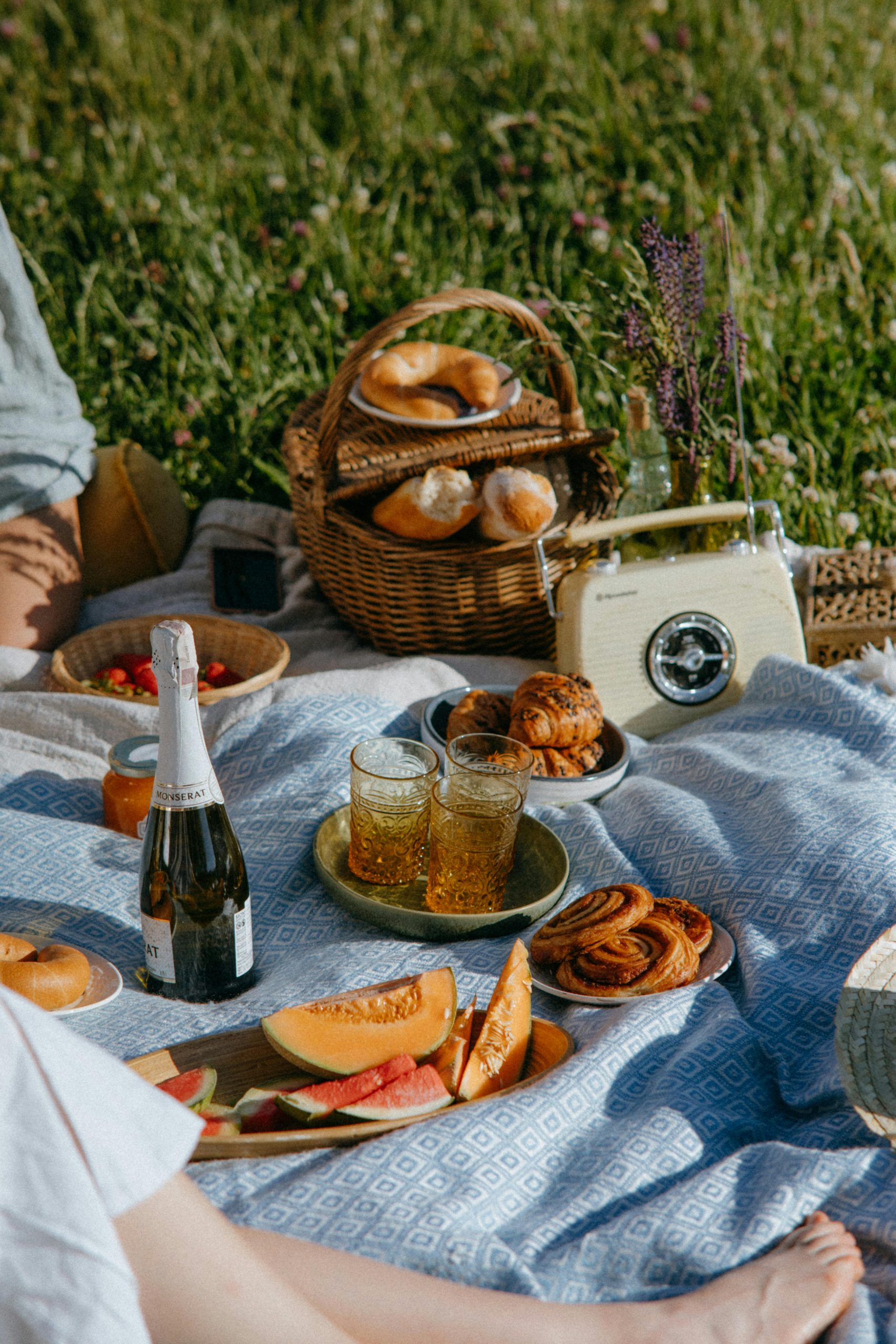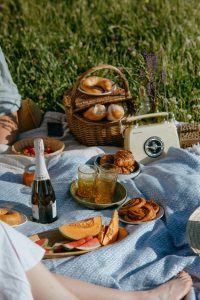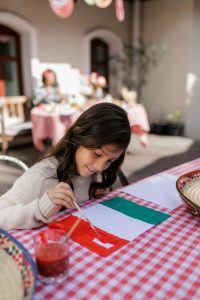Fruit Dress: The Ultimate Guide to Making a Fashion Statement with Fruits
Introduction
Fruit dress is a bold and creative fashion statement that blends style with nature’s vibrant colors. Perfect for themed parties, photo shoots, or eco-friendly fashion events, a fruit dresss captivates attention while offering endless design possibilities.
What Is a Fruit Dress?
A fruit dress is exactly what it sounds like—a dress adorned with real or artificial fruits. It’s a unique combination of fashion, art, and sometimes even sustainability. These dresses are often used in:
Photo shoots: To create eye-catching, Instagram-worthy visuals.
Fashion shows: Designers showcase innovation using natural elements.
Themed parties: A fun choice for summer, tropical, or eco-themed events.
The concept of a fruit dresss is versatile, allowing designers and DIY enthusiasts to experiment with colors, textures, and arrangements.
History of Fruit Dresses
Fruit-inspired fashion isn’t entirely new. The concept gained popularity in the 1980s when fashion icons began experimenting with unconventional materials. One of the most famous examples is Carmen Miranda, the Brazilian singer known for her fruit-laden headpieces, inspiring designers to push creative boundaries.
In recent years, fruit dresses have become a symbol of eco-conscious fashion, encouraging the use of natural and biodegradable materials while still making a stylish statement.
Why a Fruit Dress Is Trending
Several factors contribute to the rising popularity of fruit dresses:
Instagram-worthy appeal: The vibrant colors of fruits like strawberries, oranges, and kiwis make for visually striking content.
Eco-conscious fashion: Using natural materials supports sustainability and creativity.
Unique personal expression: Unlike conventional dresses, a fruit dresss allows individuality and bold experimentation.
By combining fashion with nature, fruit dresses create a playful, energetic vibe perfect for festivals, photo shoots, or summer events.
Types of Fruit Dresses
Fruit dresses can vary widely depending on materials and style. Here are the most common types:
1. Real Fruit Dress
Made entirely from fresh fruits, these dresses are often temporary but highly impactful. They require careful construction and preservation to prevent spoilage during events.
Tips for real fruit dresses:
Use lightweight fruits like berries, grapes, or cherries.
Consider edible adhesives like gelatin or natural twine.
Keep the dress refrigerated until the event to maintain freshness.
2. Artificial Fruit Dress
Ideal for long-term wear or repeated use, artificial fruits made from foam, plastic, or fabric allow for durability and flexibility.
Advantages:
Reusable and durable
Lightweight compared to real fruits
Safe for long events or performances
3. Hybrid Fruit Dress
A combination of real and artificial fruits can balance visual appeal with practicality. For example, fresh fruits can be used for highlights while artificial ones form the base structure.
How to Make a Fruit Dress
Creating a fruit dress is a fun DIY project. Here’s a step-by-step guide:
Choose your base: Start with a simple dress or bodysuit.
Select your fruits: Mix colorful options like pineapple, kiwi, strawberry, and grapes.
Prepare the fruits: Wash, dry, and cut them into manageable sizes.
Attach the fruits: Use safe adhesives or sew small pouches to hold the fruits.
Add accessories: Leaves, flowers, or fruit-shaped jewelry can enhance the look.
Final touches: Ensure balance and comfort for wearing or photos.
This approach guarantees a unique, customized fruit dresss that stands out in any setting.
Styling Tips for Wearing a Fruit Dress
Keep accessories minimal: Let the fruits be the focal point.
Coordinate shoes and bags: Use neutral or earthy tones to avoid clashing with vibrant fruits.
Consider hair and makeup: Natural, fresh looks complement the organic theme.
Event planning: Ensure the dress suits the occasion—real fruits dresses are ideal for short events, while artificial ones can last longer.
Fruit Dress for Special Occasions
1. Festivals and Summer Parties
A fruits dresss can match tropical or fruit-themed parties perfectly, adding fun and creativity to your wardrobe.
2. Photo Shoots
Photographers love the color contrast and textures of fruit dresses for editorial and lifestyle shoots.
3. Eco-Fashion Shows
Using fruit dresses in fashion shows highlights sustainability while attracting media attention.
Maintaining a Fruit Dress
For real fruit: Refrigerate and hydrate fruits before the event. Avoid heat to prevent spoilage.
For artificial fruit: Dust and clean regularly to maintain vibrancy.
Storage: Use garment bags for artificial fruit dresses to avoid damage.
Pros and Cons of a Fruit Dress
Pros:
Unique and eye-catching
Eco-friendly options available
Great for creative expression
Cons:
Real fruit dresses are temporary
Heavy if not carefully designed
Can require careful planning and maintenance
Conclusion
A fruit dress is more than just clothing—it’s an art form and a statement of creativity, individuality, and sustainability. Whether using real fruits for a bold summer look or artificial fruits for longevity, this unique fashion trend encourages innovation and fun. With the right planning, styling, and maintenance, anyone can make a fruit dresss the centerpiece of their wardrobe or event.
FAQs
1. Can I wear a real fruit dress for several hours?
Real fruit dresses are best worn for short events, usually under 3–4 hours, to prevent spoilage and discomfort.
2. Are fruit dresses safe for all ages?
Yes, but supervision is recommended for children, especially with small fruits that can be choking hazards.
3. How much does it cost to make a fruit dress?
Costs vary depending on the type of fruits and materials. Real fruit dresses are usually more expensive due to perishability, while artificial fruit dresses are a one-time investment.







